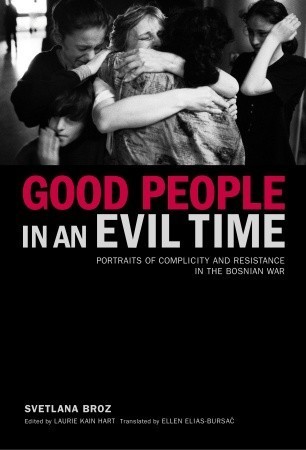
Balkan Ghosts
Book Description
Where the echoes of ancient battles still haunt the cobbled streets, the Balkans pulse with a raw, turbulent energy. Robert D. Kaplan takes you on a journey through the heart of a region marred by conflict, straddling the line between beauty and chaos. Every corner reveals stories of divided loyalties, cultural richness, and fragile peace, intertwined with the ghosts of history that refuse to fade away. With each turn of the page, tension mounts, illuminating the complex tapestry of human ambition and despair. How can a place so divided offer the possibility of unity, or is the past destined to repeat itself?
Quick Book Summary
"Balkan Ghosts" by Robert D. Kaplan is an evocative journey through the troubled lands of the Balkans, where history, politics, and culture intermingle in the shadows of bygone empires and persistent conflict. Kaplan travels across countries such as Romania, Bulgaria, Serbia, Croatia, and Greece, weaving together personal anecdotes, interviews, and historical insights. The book delves into the enduring impact of ancient hatreds, the scars left by repeated occupations, and the complex interplay between tradition and modernity. Through layered storytelling, Kaplan reveals how the past continues to influence present-day politics and tensions, highlighting the struggles faced by these nations in forging unity amidst deep-seated divisions. The resulting narrative is both a travelogue and a profound meditation on the intractable nature of Balkan history.
Summary of Key Ideas
Table of Contents
Historical Memory and Ancient Grievances
Kaplan’s journey begins in Romania and Bulgaria, setting the stage for a landscape shaped by centuries of conquest and resistance. The author explores how the memories of Ottoman, Byzantine, and Habsburg rule linger within the regional psyche, giving rise to competing narratives of victimhood and pride. The architecture, street life, and everyday customs reflect a complex blend of Eastern and Western influences. Kaplan’s storytelling is deeply influenced by local encounters, providing insight into how individuals navigate lives overshadowed by the ghosts of their collective past.
Diversity and Division
Traversing the former Yugoslavia, Kaplan provides a firsthand account of the ethnic and religious fragmentation that characterizes much of the Balkans. The region’s rich diversity—Serbs, Croats, Albanians, Bosniaks, and others—contrasts starkly with the volatility generated by mistrust and rival territorial claims. Historical grievances, brought to the surface by shifting political dynamics, are shown to reawaken dormant animosities. Kaplan uses intimate conversations to expose both the resilience of local communities and the persistent dangers posed by unresolved identity struggles.
Power and the Legacy of Empire
A recurring theme in Kaplan’s narrative is the legacy of empire. The Ottoman, Habsburg, and even Soviet legacies have left deep imprints on governance, social organization, and cultural attitudes. These imperial inheritances overlap and conflict, complicating efforts at forging national unity or implementing modern reforms. The collapse of Yugoslavia and the weakening of Soviet influence have given rise to revived nationalisms, as communities seek security and meaning in a world marked by both rapid change and historical continuity.
Ethnic Nationalism and Identity
Kaplan explores the enduring power of ethnic nationalism in shaping the political realities of the Balkans. Deep-rooted identities provide both comfort and ammunition for conflict. Flags, monuments, and rituals embody centuries-old struggles for recognition, legitimacy, and survival. Kaplan’s observations reveal the futility of external attempts to impose quick solutions on these deeply layered divisions, highlighting the importance of understanding the emotional and historical underpinnings of the region’s turmoil.
Neighbors and Borders in Perpetual Flux
Throughout the book, borders appear as living, shifting entities—never truly fixed, always contested. Wars, treaties, and migrations have redrawn the map time and again, leaving behind populations unsettled and suspicious. Kaplan’s travels illustrate how proximity between diverse communities creates both opportunities for exchange and flashpoints for confrontation. In the end, "Balkan Ghosts" suggests that the region’s haunting past is not easily exorcised, and any hope for stability must reckon with the ghosts that continue to shape its present.
Download This Summary
Get a free PDF of this summary instantly — no email required.





